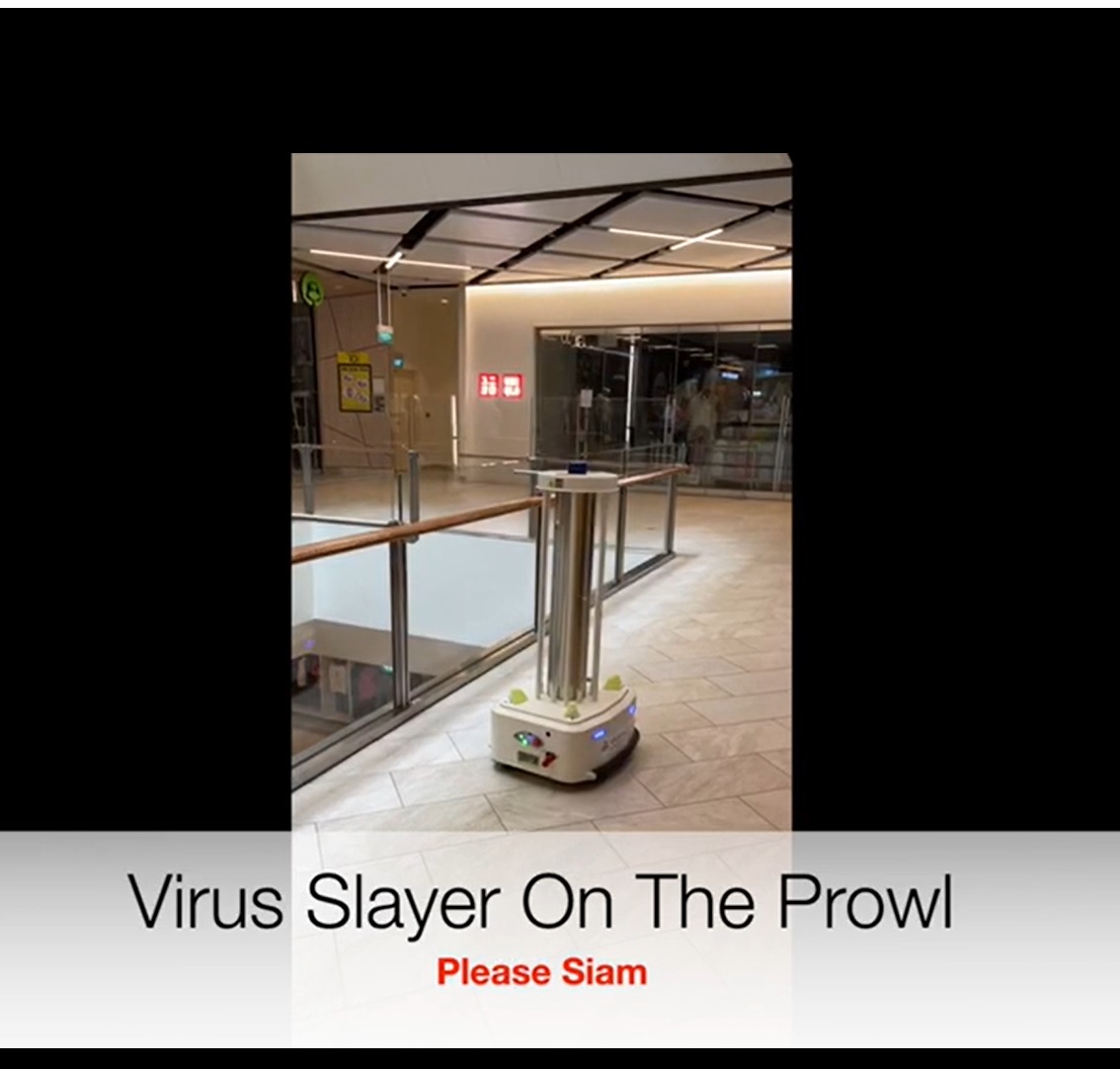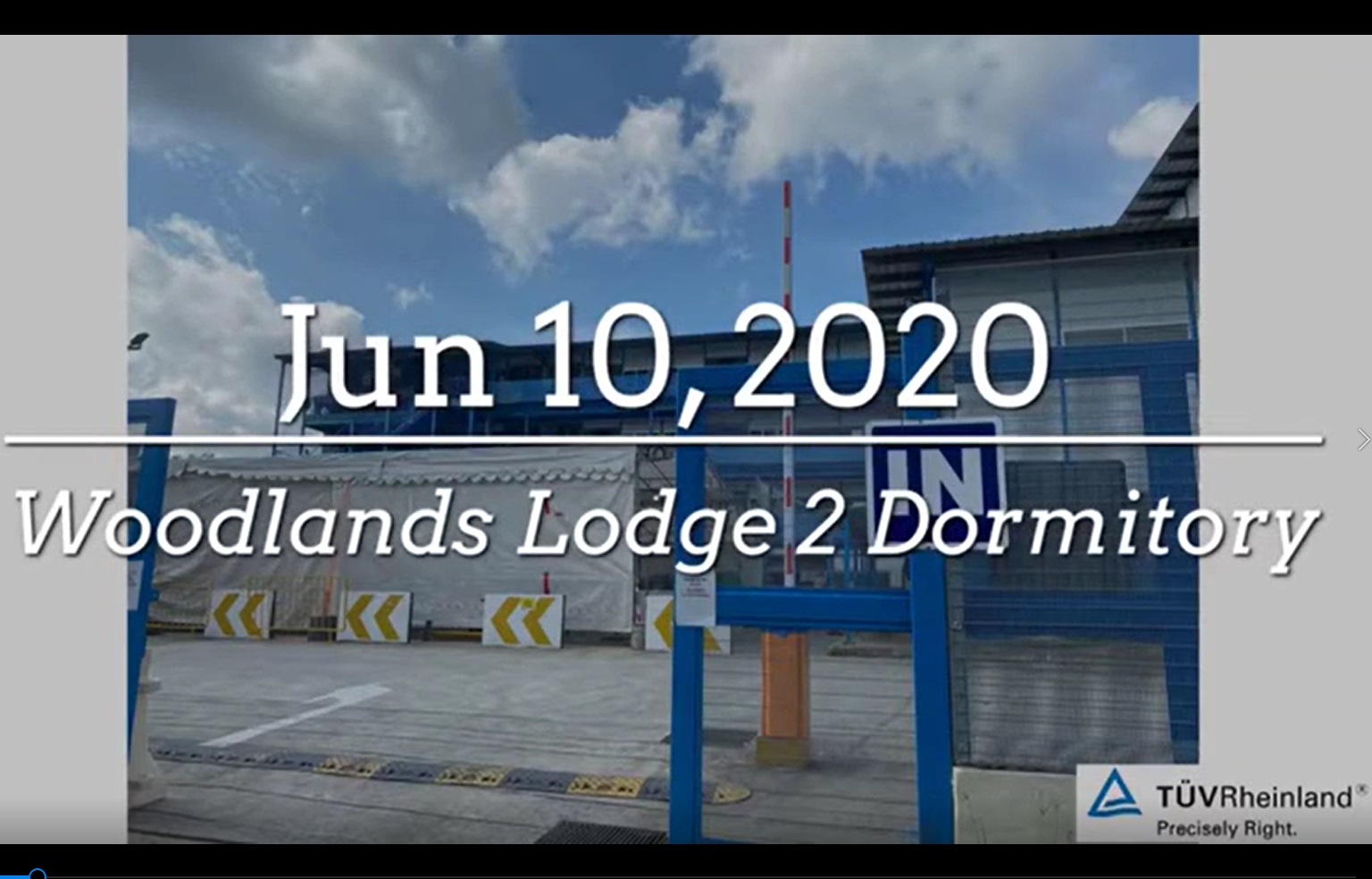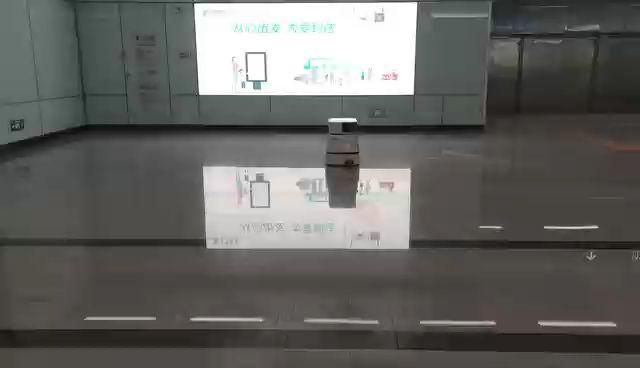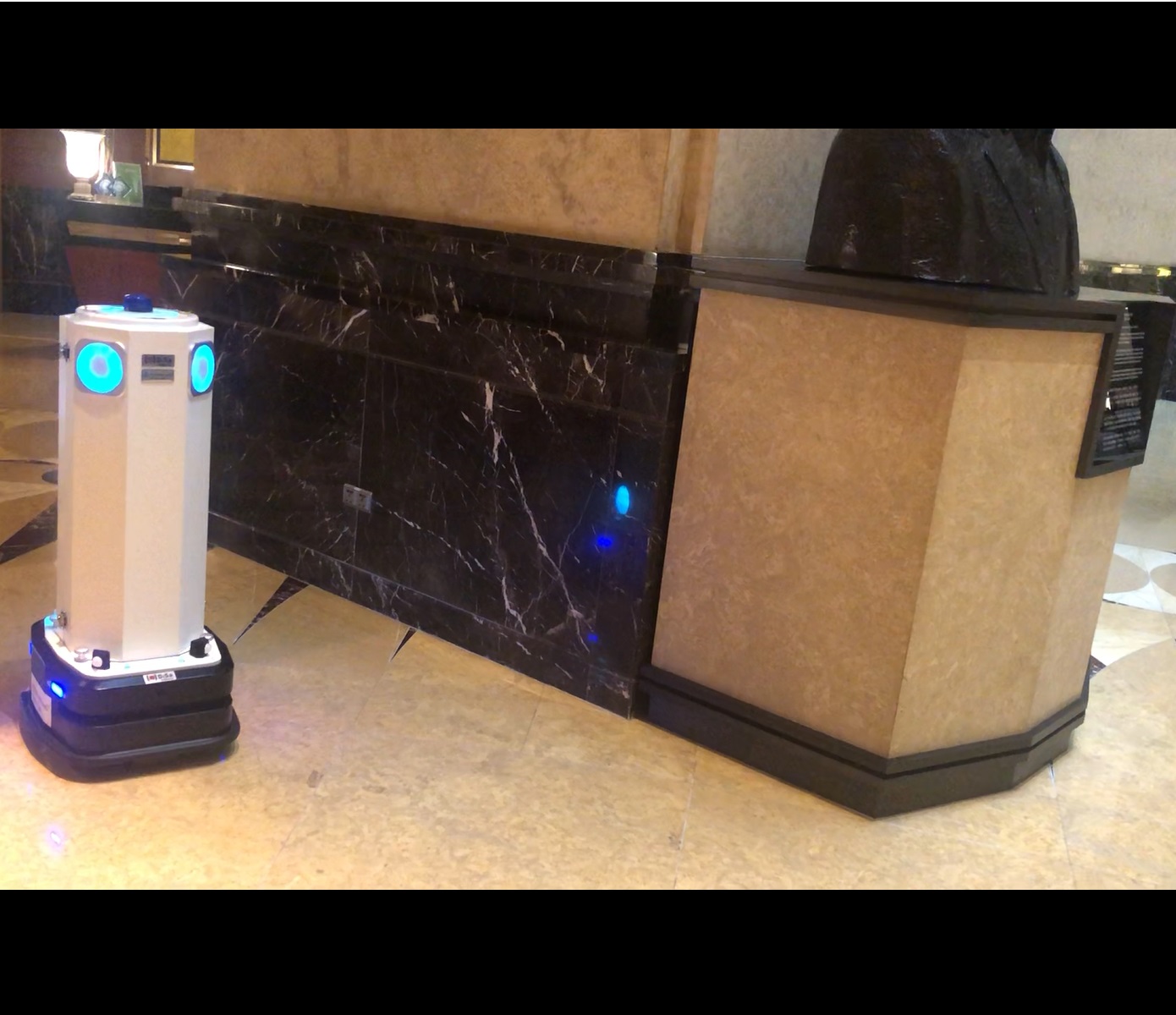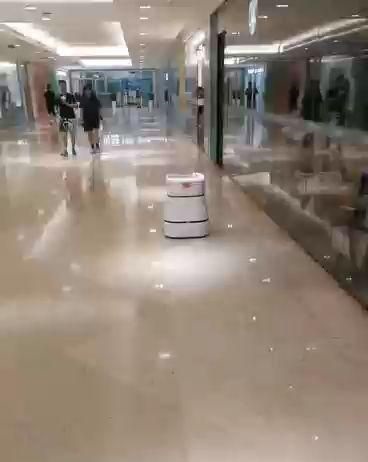About
Who we are
DiSa Robotics is an automation company and hence our robots are designed to cater for a wide variety of usages apart from disinfection. Our robots are modular in design. Robots do not need to rest.
- Designed for Multipurpose.
- Smart Cleaning Algorithm
- Dynamic Obstacle Avoidance & Re-visit Function
- Simple and Effortless Maintenance
DiSa Robotics is an automation company andhence our robots are designed to cater for a wide variety of usages apart from disinfection. Our robots are modular in design. Robots do not need to rest. Our robots can be purpose fitted to be used for disinfection in the night. In the day, the same robot can be purposed fitted to disseminate information, take temperature or perhaps fog disinfectant to places that are difficult to access. We design our robots with flexibility, mobility and ability to autonomously position themselves in relation to its surroundings.
Taking the ‘micro’ out of managing your cleaning process.
CleanBOB has a command centre for fleet management and performance measurement.
We can produce detailed cleaning reports that cover metrics like run-time, water usage, and area cleaned.
Beyond navigation towards robotic intelligence. Our AI-powered solution gives the robot an unique performance and the ability to understand its surroundings and adapt to the environments. Perfect for Multi-Floor House Cleaning with Intelligent Zoning . Support to store multi floor maps. Create No-Go zones, virtual walls, area-wise cleaning schedules, etc. from the CleanBOB's app. Our cloud robot solutions have been widely used in smart city, community services, elderly care, smart agriculture, smart education, smart health and other fields, serving thousands of customers, partners, developers and universities.
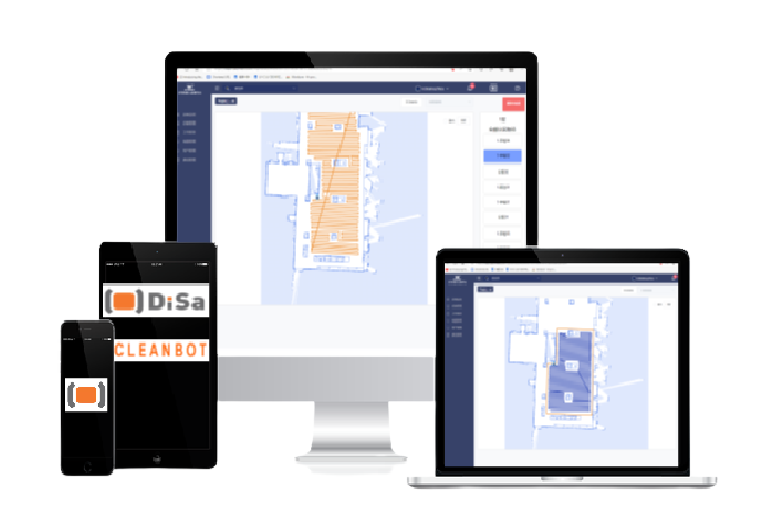
The Internet of Robotic Things (IoRT)
In relation to IoT, the Internet of Robotic Things (or IoRT) relates specifically to intelligent, data-driven robotics that are internet-connected and capable of remote monitoring. As part of the IoRT concept, intelligent robots monitor surrounding conditions, make intelligent decisions automatically, and, in some cases, move around the physical world while monitoring their surroundings. For example, an IoRT device could be a cleaning robot that can be monitored remotely, navigate autonomously through its cleaning routes, and avoid obstacles without human intervention.
Although IoRT devices might seem futuristic, they have many tangible advantages for commercial cleaning businesses.The biggest benefits for commercial cleaners include increased visibility, improved cleaning efficiency, and intelligently optimizing cleaning operations.
- Increase visiblity into cleaning performance and ROI.
- Optimize cleaning operations and increase efficiency.
- Increase cleaning quality.
- The new generation of robotic can perform high-volume, repetitive tasks for hours at a time, with no reduction in efficiency.
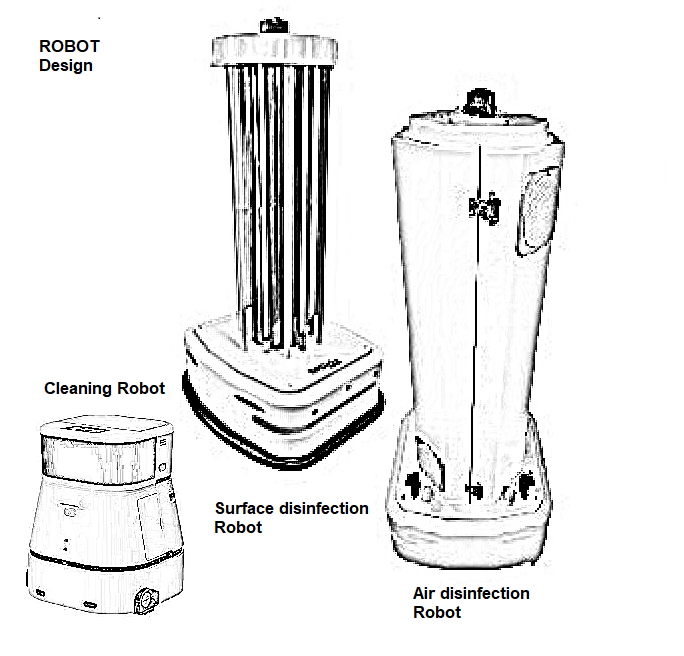
Dynamic Obstacle Avoidance
Enhanced with superior obstacle avoidance & algorithm for optimal cleaning operations. Equipped with an innovative re-visit function, CleanBoB will ensure that no area will be left without a proper cleaning operation.
CleanBOB has developed the full stack technologies for building and operating cloud robots which are powered by the DiSa clouds management portal, the “Secure Network “, and “Robot Devices”. Our Portal enables the robots to have self-learning, continuous evolution and growth of robot intelligence via cloud computing, deep-learning, deep reinforcement learning, multi-modal AI, and digital twin technologies.
Simple & Effortless Maintenance
Convenient Maintenance Method made easy! CleanBoB maintenance can easily be done by one operator alone. No tools are needed and screws to remove to get access to the different technical elements.
Maintenance is simplified without the need to own a fleet of robots.
- Modular tools
- Replaceable batteries Magazine-style battery design to ensure rapid replacement of battery.
Internet of Clean
The Internet of Clean is a new platform which remotely monitors equipment, machines, and operations through sensor generated data.

Services
What we do offer
Redefine Automation with Technology
Our autonomous robots automate laborious tasks to achieve improved productivity and performance.
Thru Robot
Our products have yielded unrivalled solutions grounded on proven domain expertise. It is an art that our team aim to perfect every single day.

